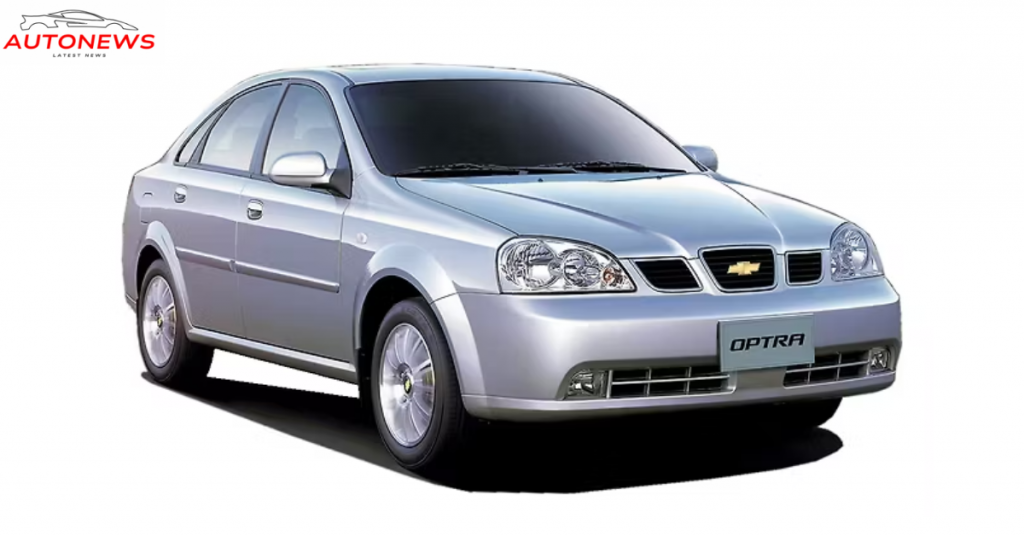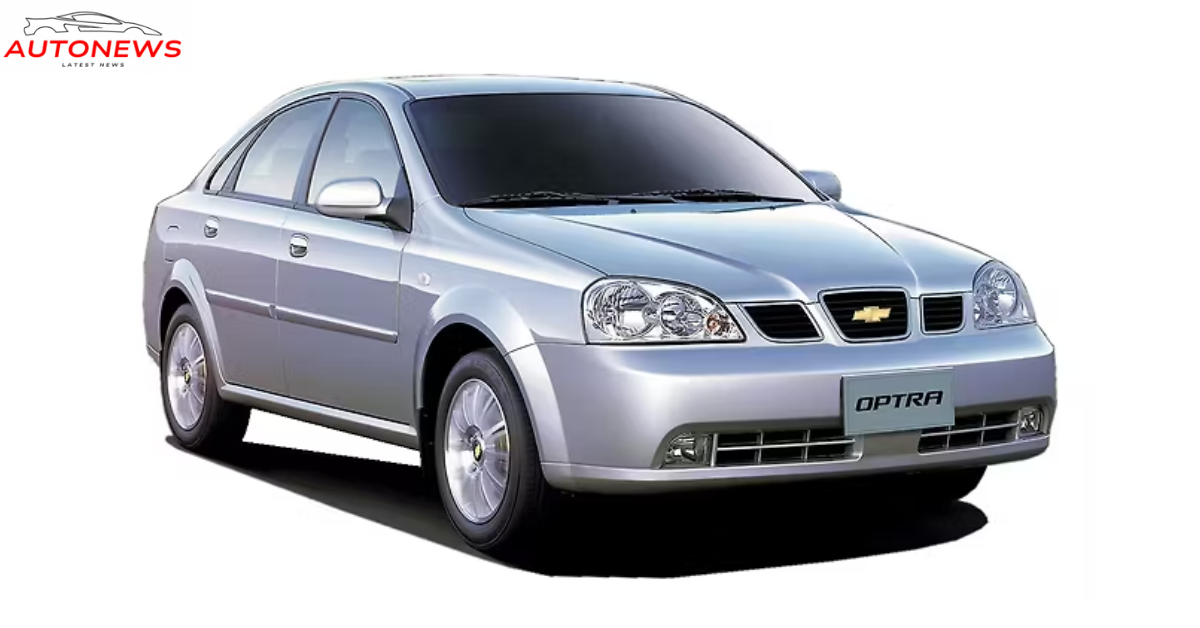The Chevrolet Optra might not be a name that turns heads today, but during its production years, it made a decent mark in the compact car segment. Initially launched in the early 2000s, the Optra was Chevrolet’s attempt to offer an affordable, fuel-efficient, and reliable vehicle for markets in Asia, the Middle East, and Latin America. Despite being discontinued in many countries, it continues to be a popular choice in the used car market. In this blog, we explore the history, specifications, and what makes the Chevrolet Optra a car worth considering.
A Brief History of the Chevrolet Optra
The Chevrolet Optra was introduced around 2002 as a compact sedan and station wagon. Manufactured by the South Korean automaker Daewoo, it was sold under different names worldwide – including the Daewoo Lacetti in South Korea and parts of Europe, and Suzuki Forenza in North America. After General Motors acquired Daewoo, the car was rebadged and marketed under the Chevrolet brand in several markets.
The Optra came in various body styles: sedan, hatchback, and wagon, giving it versatility and appeal for different customer needs. Production of the Optra ended in most markets by 2013, but it remains on the road in countries like Pakistan, Egypt, and the Philippines, often reintroduced with minor updates.
Design and Interior
At first glance, the Chevrolet Optra isn’t flashy. Its design is simple, clean, and practical – characteristics that appealed to middle-class families and young professionals. The front fascia features a modest grille with the Chevrolet bowtie emblem, and the overall styling is understated.

Inside, the Optra offers surprising roominess for a compact sedan. It can comfortably seat five passengers, with decent legroom and headroom. The dashboard layout is intuitive, with easily accessible controls. Depending on the model and year, it comes with features like:
- Power windows and mirrors
- Air conditioning
- CD/MP3 player with multiple speakers
- Leather seats (on higher trims)
- Rear seat armrest
While the interior materials aren’t luxurious, they’re functional and durable, which aligns with the car’s budget-conscious appeal.
Performance and Engine Options
The Chevrolet Optra was typically powered by 1.6L or 1.8L 4-cylinder engines, mated to either a 5-speed manual or a 4-speed automatic transmission. The engines produced between 104 and 121 horsepower, which was adequate for city driving and occasional highway cruising.
Fuel economy is average, with figures ranging between 10–12 km/l in city driving and up to 14–15 km/l on highways, depending on driving habits and vehicle condition. The suspension is soft, providing a comfortable ride on most roads, although it may feel a bit floaty at high speeds or on uneven surfaces.
Handling is predictable, not sporty, but the Optra wasn’t built to race – it was built to get you from point A to B reliably and without fuss.
Safety and Reliability
Safety features in the Optra include dual front airbags, anti-lock braking system (ABS), crumple zones, and side-impact bars, though these features varied by market and trim level. While it doesn’t meet modern safety standards, for its time, the Optra offered decent protection.
In terms of reliability, the Optra holds up fairly well if maintained properly. Owners often report that it requires regular maintenance but has no major mechanical flaws. Spare parts are relatively affordable and available in most countries where the Optra was sold.
Pros and Cons
Pros:
- Affordable both new (at the time) and used
- Spacious interior
- Comfortable ride quality
- Easy and low-cost maintenance
- Decent features for the price
Cons:
- Average fuel economy
- Outdated design by modern standards
- Limited safety features
- Not very powerful or sporty
- Discontinued, so resale value may be lower
Is the Chevrolet Optra Still a Good Buy in 2025?
If you’re looking for a budget-friendly used car with decent space and reliability, the Chevrolet Optra still makes sense. It’s ideal for students, first-time drivers, or families looking for a second car. However, if you prioritize modern technology, higher safety ratings, or fuel efficiency, you may want to look at newer options.
In some countries, the Optra nameplate has been revived with newer models (like in Egypt and the Middle East), often built on platforms shared with Chinese automakers such as Baojun. These newer models come with updated tech, better engines, and refreshed styling – proving that the Optra still has relevance in today’s automotive landscape.
Conclusion
The Chevrolet Optra may Not have been Revolutionary, but it carved out a space for itself as a dependable and affordable compact car. For those looking for a no-frills driving experience and a vehicle that covers the basics reliably, the Optra remains a strong contender in the used car market.

